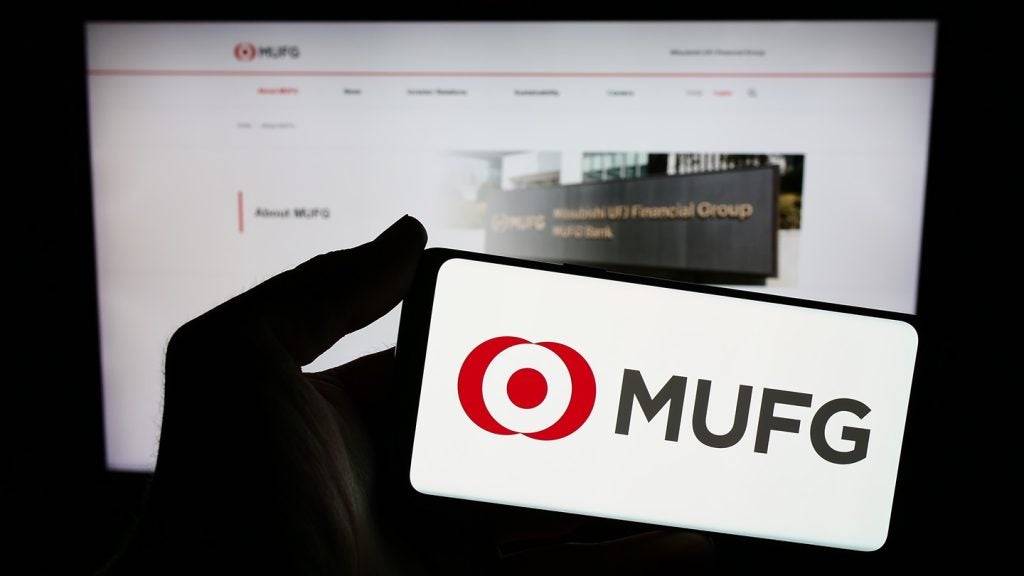It is universally agreed that
costs are likely to rise in private banking following expected
changes in the regulatory environment, further squeezing margins.
However, there are examples of private banks holding back on
investment to tackle the compliance burden because of uncertainty
in some of the main areas.
In almost every industry poll conducted
currently, regulation and compliance come out on top as the key
concerns of wealth managers.
On taking his post as head of Clariden Leu’s
Asia business last year, Jimmy Lee said compliance, particularly
with regard to revised legislation in Singapore, would be the key
challenge to the bank’s growth in Asia.
This is not surprising when potential costs are
considered. Daniel Truchi, global head of Société Générale Private
Banking (SG), said at PBI’s annual conference in October,
that he expected increasing regulatory burdens to add between 3 and
4 percentage points to cost-income ratios at his bank.
Clearly, these burdens will be felt
differently, across various types of business models. Smaller
wealth managers are unable to share the costs of investment in
systems and internal compliance processes with other departments,
in the same way SG or other universal banks might.
How well do you really know your competitors?
Access the most comprehensive Company Profiles on the market, powered by GlobalData. Save hours of research. Gain competitive edge.

Thank you!
Your download email will arrive shortly
Not ready to buy yet? Download a free sample
We are confident about the unique quality of our Company Profiles. However, we want you to make the most beneficial decision for your business, so we offer a free sample that you can download by submitting the below form
By GlobalDataOn the other hand, they are often more nimble
and able to benefit from more modern systems that are designed with
the current regulatory system in mind, rather than needing to adapt
legacy systems. Different business models will also require
different approaches. Private banks which manage in-house funds,
for example, are likely to be impacted by UCITS IV, the European
Commission directive promoting the harmonising of the EU investment
market.
Estimating cost difficult
“I think estimating the cost of regulatory
compliance is incredibly difficult,” said Selwyn Blair-Ford, a
senior domain expert at FRS-Global, a risk and regulatory
consultancy.
“The reason for that is any banking model you
have is very much under pressure from regulatory change. These
types of estimates are often based around specific cases which have
been costed up, but there are many additional aspects of the
changes which are much harder to cost.”
“It is not just about the hiring of staff or
improvement of regulatory reporting or increasing capital or
changing the type of capital, it will also be an increase or
decrease in the costs of access, for example accessing the cost of
borrowing funds.”
Another issue the industry faces is that
although some of the key regulatory areas are known – for example
MiFID, the European Savings Directive, Know Your Customer (KYC) and
sales suitability – there are other areas where there is greater
uncertainty. Private banking executives are still trying to
establish the impact of the numerous tax exchange agreements signed
in the wake of the OECD’s attempts to stamp out tax evasion in
offshore centres.
Despite frequent predictions of the demise of
banking secrecy in Switzerland, following demands from the US
government for UBS to hand over client data, and the recent data
theft at HSBC’s Swiss private bank, there is as yet no clarity on
what an endgame will look like. Carlos Esteve, CEO of Banque
Heritage in Switzerland, said he had not made significant changes
to the bank’s risk and compliance processes as a result of
this.
“Clients by and large are nervous and need more
hand-holding as a result of the uncertainty, but we have not really
made any particular changes” Esteve said.
“The intricacies have not yet even been voted
on by parliament here, so it is complex to take a certain
stance.”
Peter Flavel, global head of Standard
Chartered, said his bank was focusing on building up further
middle-office resources because otherwise the increasing compliance
requirements would mean relationship managers (RMs) spending less
time with clients.
At Standard Chartered, these middle-office
administrative staff have been given the responsibility for looking
after issues like establishing the source of wealth, the client’s
background and the searches which are required prior to account
opening, as well as filing and inputting data into systems.
One of the main areas of regulatory concern
following the financial crisis was the sale of complicated
structures to individuals who did not fully understand them. This
was evident across US, with the sale of Auction Rate Securities,
and across the world with structured products, which were often
billed as capital protected but lost value when some of the
institutions which underwrote them, AIG and Lehman, defaulted.
Banks run into trouble
It is also understood one of the areas
private banks ran into trouble was through the sale of structured
products in multiples.
After signing up to the products and being
impressed by performance, clients often wanted to invest in the
same products again. Even though the client was buying the same
product twice, it was necessary from a legal standpoint for the
bank to go through procedures as if it was the first time the
client had bought the product. Some fell foul of this requirement,
giving clients an opportunity for recourse on subsequent sales of
the same or very similar structured products after they lost
value.
While many of these issues can be dealt with
revisions of internal systems, there is also a role for technology
to help. Gary Linieres, a founding director at UK technology vendor
Third Financial, said 50% of compliance departments in the UK were
not up to the necessary level.
“In some cases it is dreadful, almost
unbelievable,” he said. “Literally a manilla file and some
spreadsheets, that is how they ran it. That is the issue a lot of
these firms have.”
This highlights the importance of not only
going through the correct internal processes, collecting
information about a client’s risk appetite and investment profile,
but also applying this correctly to the investment management
process.
One of the things you will see, if you look at
the two-system areas where I think KYC needs to be supported, it is
partly in the CRM system, but also in the portfolio management
process,” said Daniel Eriksson, senior director of solutions
management at Advent Software. “What you see with many parts of the
business is they have disparate systems, for example the CRM might
run on one system, but it is not tied into the portfolio management
compliance tool.
“You may have a good collection of information
in the CRM part, but that has not translated through to the
portfolio managers which means you might end up in a situation you
don’t want to be in.”







